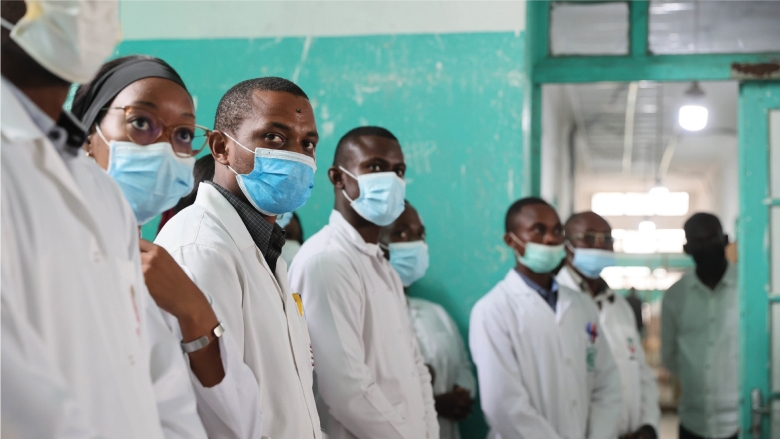
In February 2020, the COVID-19 pandemic abruptly ended the decade-long expansion of the global economy after the 2008–2009 financial crisis. What started as a worldwide public health emergency, quickly became an international economic crisis. Public health containment and mitigation measures, which were necessary to limit the spread of the virus and save lives, came at an economic cost. Shutdowns curtailed economic activity and eroded the economic progress that countries had achieved over many decades. Key sectors with large GDP and jobs multipliers, like tourism and supply chains in manufacturing and agribusiness, were particularly hard hit. Two years and multiple strains of the virus later, it is still uncertain how the pandemic will end, notwithstanding the vaccines, therapies, and public health measures developed and adopted.
Then, as the world was recovering from the economic downturn caused by the pandemic, the war in Ukraine began in February 2022. This has led to tragic loss of life, the worst urban destruction in Europe since World War II, and the highest human displacement numbers worldwide since U.N. record-keeping began. Some 13 million displaced Ukrainians have pushed the total number of displaced persons who have fled their homes due to fragility, conflict, and violence (FCV) to more than 100 million people worldwide1—more than one percent of humanity. There are now more violent conflicts globally than at any time in the past 30 years.
The war in Ukraine has also disrupted key energy and agricultural exports, causing fuel and food prices to rise worldwide. Food shortages are leading to increased malnutrition and even famine conditions in some grain importing countries, such as Somalia. When the war will end, how it will be settled, and what it will cost to rebuild remain uncertain.
The ongoing climate crisis has further intensified these challenges and deepened uncertainty, especially in the least developed countries already vulnerable to economic shocks, natural disasters, and global and regional spillovers, like the COVID-19 pandemic and refugee influx. Left unchecked, climate change impacts could drive 216 million people to migrate within their own countries by 2050, with hotspots of internal migration emerging as soon as 2030.2 The extent and depth of these compounding crises are not only exacerbating global inequalities but also risking decades of development gains.
